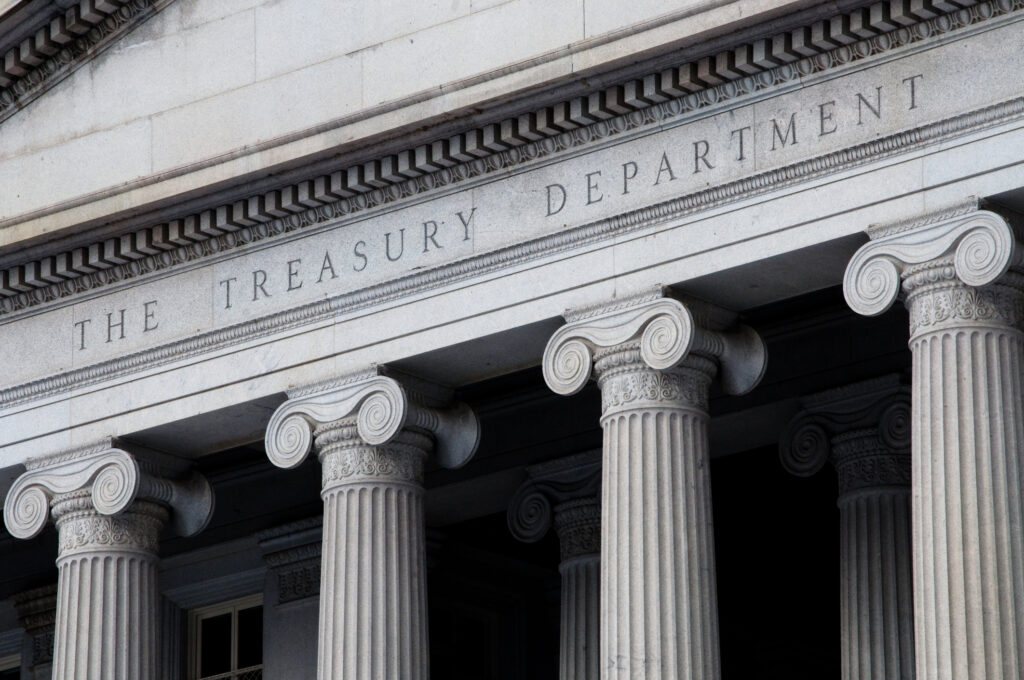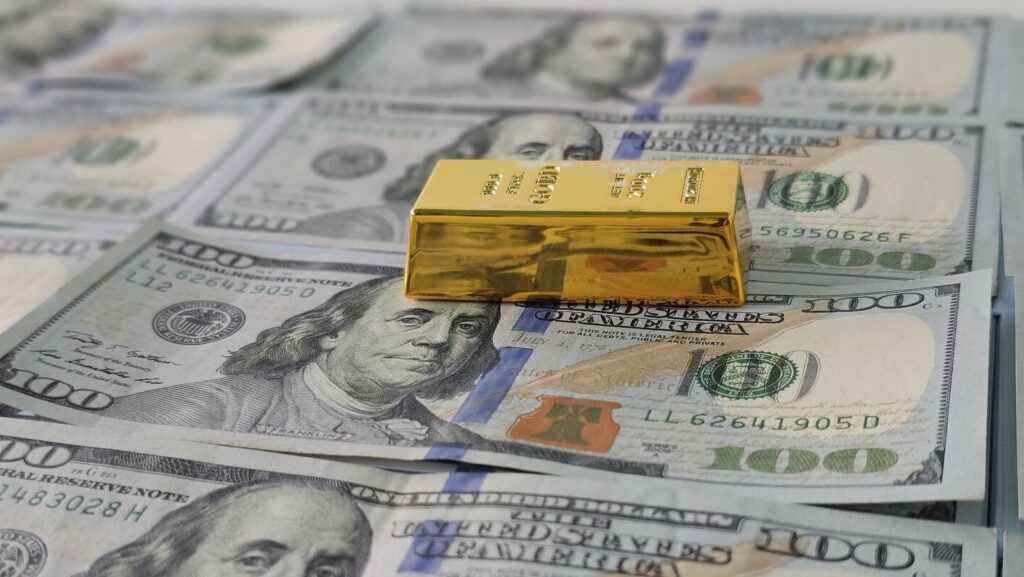BLS Data Revisions Explained: Standard Practice, Not Political Manipulation

President Donald Trump recently dismissed Bureau of Labor Statistics (BLS) Commissioner Erika McEntarfer, alleging that the July jobs report was “rigged” to harm Republican interests. However, former BLS officials clarify that the commissioner does not directly participate in data collection or preparation. The BLS gathers employment data through two main surveys: the Current Population Survey, which interviews about 60,000 households, and the Current Employment Statistics survey, which collects payroll data from businesses. Revisions to initial job estimates are common and result from delayed responses and the need for seasonal adjustments. Experts emphasize that such revisions are standard practice and not […]
Trump’s Accusations Against BLS Spark Debate Over Data Integrity

President Donald Trump accused the Bureau of Labor Statistics (BLS) of orchestrating a “scam” after the July jobs report revealed only 73,000 jobs added, significantly below expectations. He also criticized the downward revisions of May and June’s job numbers, totaling a 258,000-job decrease. However, experts clarify that such revisions are standard practice as BLS updates initial estimates with more complete data over time. The BLS employs rigorous methodologies, including household and business surveys, to compile employment data, and revisions are part of ensuring accuracy. Economists emphasize that these adjustments reflect improved data collection and are not indicative of manipulation.
World Gold Council Highlights Complex Factors Influencing Gold’s Inflation Hedge Status

An analysis by the World Gold Council reveals that the relationship between gold prices and the U.S. Consumer Price Index (CPI) is surprisingly weak. Since 1971, only 16% of the variation in gold prices can be explained by changes in CPI inflation. The report suggests that gold’s appeal as an inflation hedge is more complex and influenced by factors beyond just CPI, including monetary policy and investor behavior.
Trump Plans 250% Tariffs on Pharmaceuticals, Threatens EU with Higher Duties

President Donald Trump announced plans to impose tariffs on imported pharmaceuticals, starting at a lower rate and potentially escalating to 250% within the next year to year and a half. He emphasized the goal of encouraging domestic manufacturing in key sectors such as healthcare and technology. Additionally, Trump threatened the European Union with increased tariffs if it fails to meet its $600 billion investment commitment in the United States, labeling the investment as a “gift”
10-Year Treasury Yield Edges Higher Amid Tariff Announcements and Services Sector Data

The 10-year U.S. Treasury yield inched up to 4.218% on Tuesday as investors assessed developments related to President Donald Trump’s tariff rates and looked toward data on July’s services sector activity, slated for release later in the day. The benchmark 10-year note yield was 2 basis points higher, while the 30-year bond was less than 2 basis points higher. The 2-year Treasury note yield also climbed more than 2 basis points to 3.71%. The U.S. is expected to release the ISM non-manufacturing purchasing managers’ index, with analysts expecting the figure to come in at 51.5, up from 50.8 the previous […]
Sub-Saharan African Central Banks Face Risks in Expanding Gold Reserves

A report by BMI, a unit of Fitch Group, highlights potential risks for sub-Saharan African central banks that have recently increased their gold reserves. Countries like Ghana, Tanzania, and Nigeria have been buying gold domestically amid geopolitical tensions and market volatility. While gold is seen as a strategic store of value, BMI warns of significant financial risks if gold prices fall, including liquidity challenges and potential erosion of reserve value.
Gold Prices Stabilize After Two-Day Rally Fueled by Weak U.S. Job Data

Gold prices remained steady after a two-day rally fueled by weak U.S. job data. Spot gold was priced near $3,353 per ounce, down 0.6%, while U.S. gold futures gained 0.2% to $3,407.10. The soft employment report has heightened expectations for a Federal Reserve rate cut in September, with traders assessing a 93% chance. Gold has gained nearly 30% this year amid escalating trade wars, geopolitical conflicts, and central bank buying, with some analysts predicting prices could hit $4,000 per ounce by the end of next year.
Gold Prices Ease After Rally, Still Supported by Fed Rate Cut Expectations

Gold prices eased from two-week highs as investors took profits following a recent rally. Spot gold fell 0.3% to $3,354.17 per ounce, while U.S. gold futures edged up 0.2% to $3,407.10. The previous session’s rally saw a 2% gain in gold, driven by weaker-than-expected U.S. jobs data, which heightened expectations of a Federal Reserve interest rate cut in September—now seen as an 81% probability, according to the CME FedWatch tool. Market sentiment was further influenced by persistent fears about the U.S. economy and ongoing tariff policies under President Donald Trump.
Why Gold Could Reach $9000/oz During The Global Monetary Reset

Gold has always been a beacon during economic uncertainty, but what’s happening now is unprecedented. In his latest video with Alan Hibbard, Mike Maloney reveals a chart that suggests gold could reach $9,000 per ounce — and explains why this isn’t just another bull market. According to Mike, we’re witnessing something far more significant than a typical boom-bust cycle. A global monetary reset is fundamentally changing gold’s role in the world economy. The New Reality: Gold as Monetary Foundation This isn’t your grandfather’s gold rally. Speculation or inflation fears drove past cycles, but today’s movement reflects a seismic shift in […]
Dollar Slides as Market Anticipates Fed Rate Cuts Amid Tariff Concerns

The U.S. dollar weakened, driven by increasing expectations of Federal Reserve rate cuts and ongoing uncertainties surrounding recent U.S.-imposed tariffs. Following a disappointing U.S. jobs report, traders rapidly priced in a 94.4% likelihood of a rate cut in September. Market concerns were compounded by President Trump’s dismissal of a top statistics official and the resignation of Fed Governor Adriana Kugler.
